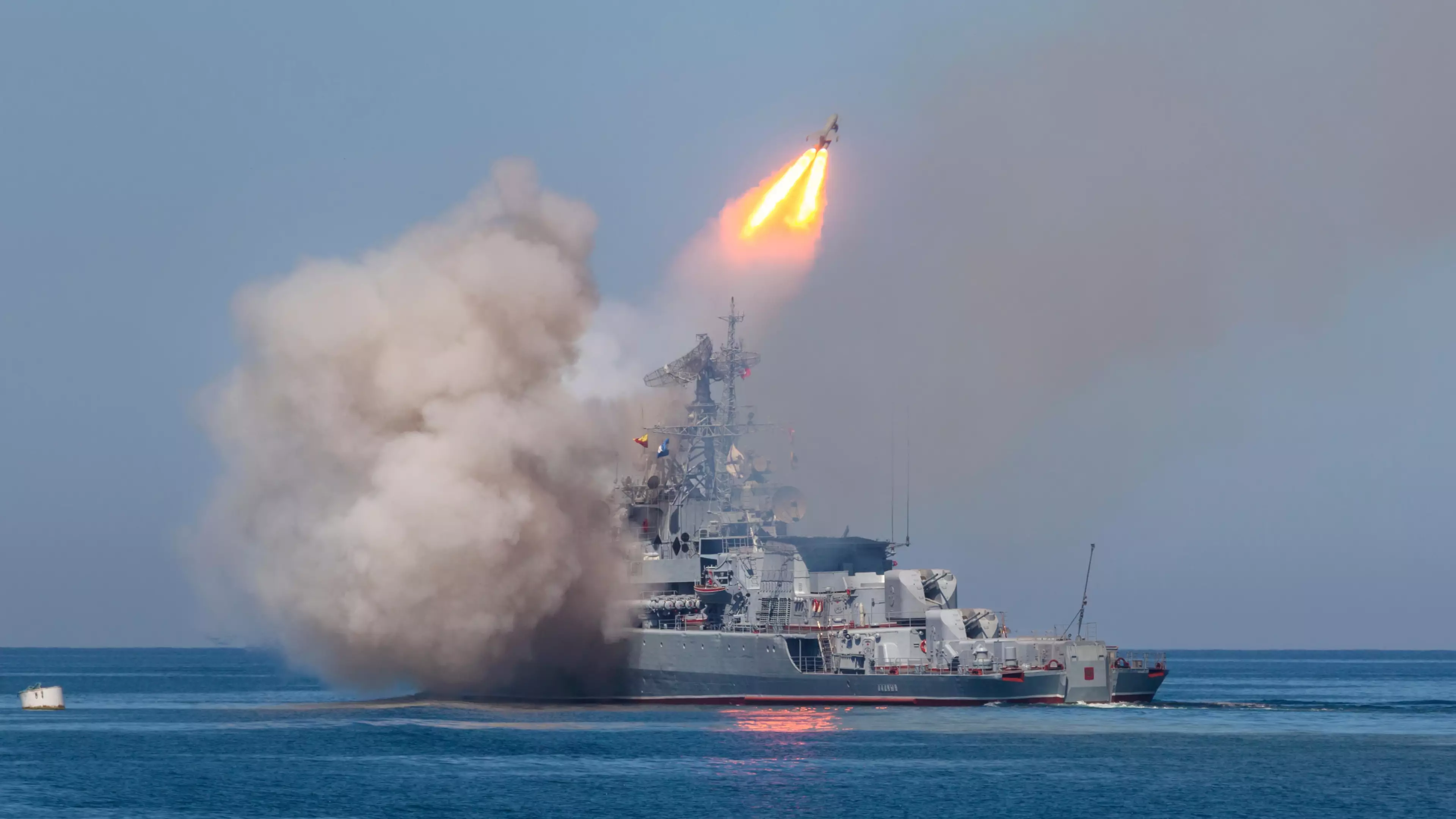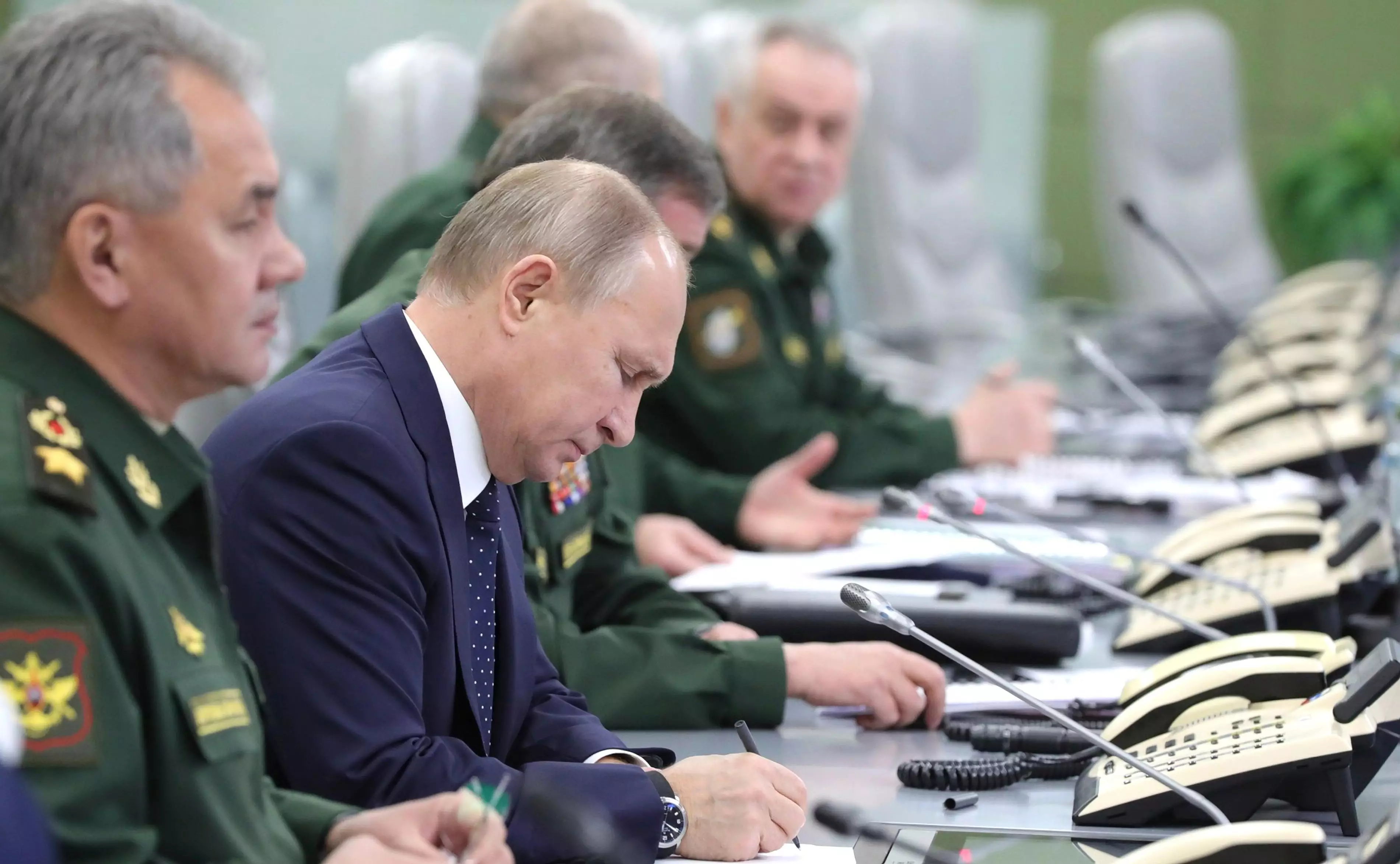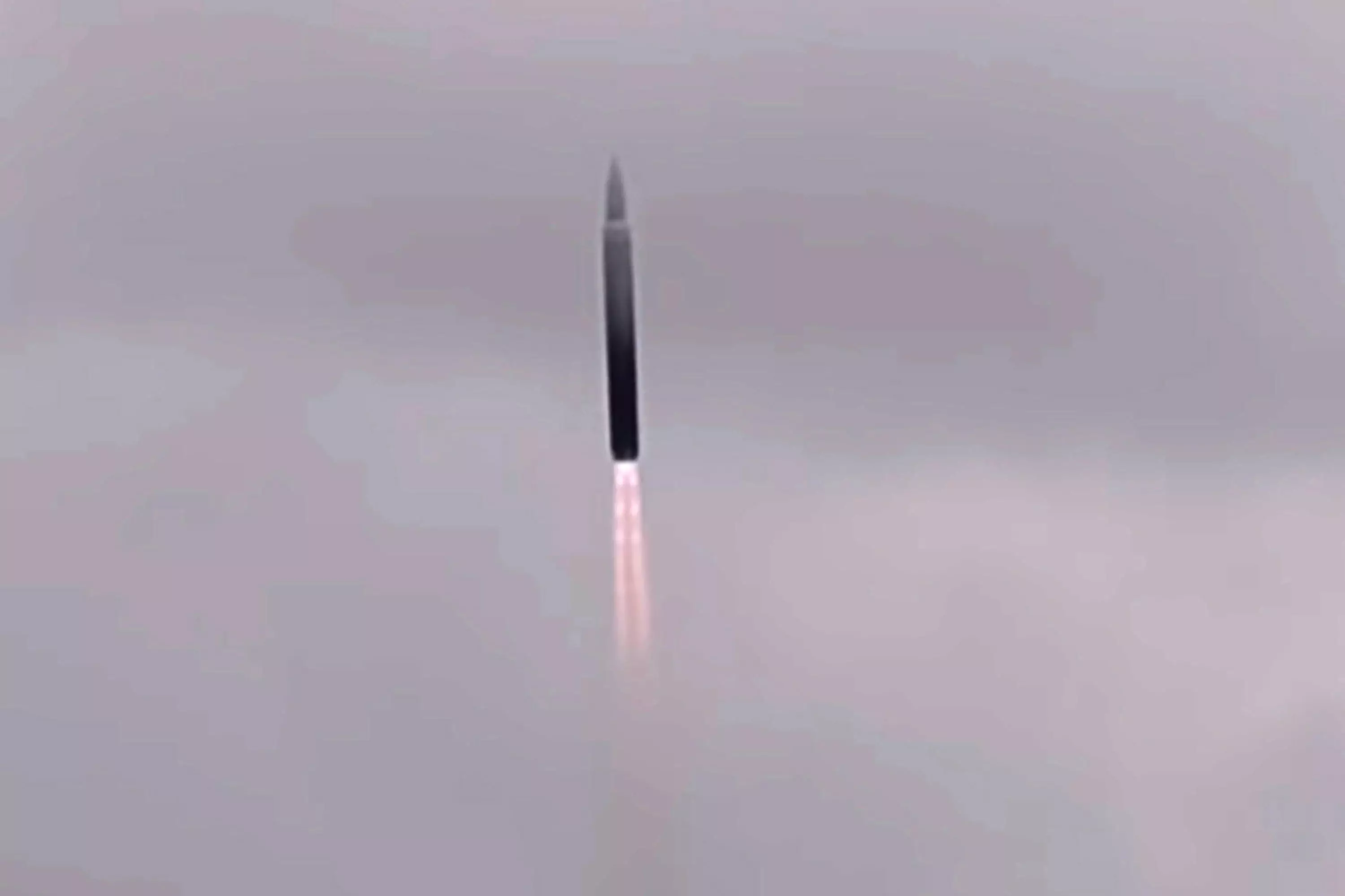
Russia has begun serial production of its 6,200km/h Zircon hypersonic missile.
As reported by Russian news agency TASS, the 'unstoppable' weapon will begin arriving for the Russian Navy from next year.
Trials on the Mach-9 capable missile began in August and are not yet completed, however they will continue while the weapon is in production.
Advert
A successful test-launch of the hypersonic missile took place earlier this month in the White Sea.
The Zircon, or Tsirkon, was also successfully fired at a ground target on the coast of the Barents Sea in July.
A month earlier the Zircon was fired from a submarine for the first time.
Advert
"A serial production of Tsirkon missiles is underway at the NPO Mashinostroyenia, although state trials of this product's surface launches will continue," a source told TASS.
Overall, five test-launches against sea and coastal targets are planned.
It's been claimed that because the Zircon flies so fast and low, up to a range of 1,000 kilometres, that it cannot be detected by US missile interceptor systems.
Russian President Vladimir Putin has previously said the Zircon forms an important part of Russia's military presence.

"Now, it is especially important to develop and implement the technologies necessary to create new hypersonic weapons systems, high-powered lasers and robotic systems that will be able to effectively counter potential military threats, which means they will further strengthen the security of our country," Putin said in televised remarks earlier this year.
Advert
The US, China and Russia have all been working on hypersonic weapons.
They come in a variety of different forms and while they fly slower than ballistic missiles, they don't follow a fixed parabolic trajectory and are manoeuvrable, which makes them harder to track.
Moscow's state-controlled TV has reported the missiles are Putin's weapon of choice against the US in the event of conflict.
There has been concern over Russia's increased troop buildup, particularly near the Ukraine border, with Karen Donfried, US assistant secretary of state for European and Eurasian affairs, telling reporters 'all options' are being considered.

"As you can appreciate, all options are on the table, and there's a toolkit that includes a whole range of options," Donfried said.
Advert
The North Atlantic Treaty Organization (NATO) alliance will consult this week on the next steps.
"It's now for the alliance to decide what are the next moves that NATO wants to take," Donfried said.
"Next week, we will talk about our assessment of what's happening on Russia's border with Ukraine, and we will begin that conversation of what are the options that are on the table and what it is that NATO as an alliance would like to do together."
Featured Image Credit: Nikolay Vinokurov / Alamy Stock Photo